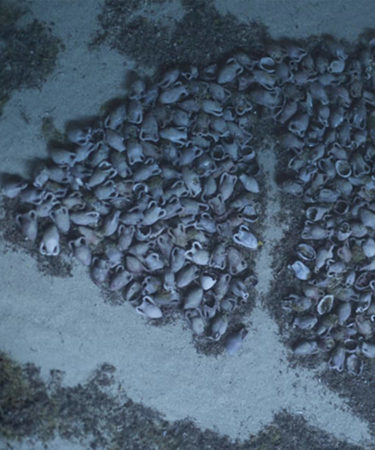If your countdown to Christmas has reached a nail-biting conclusion, worrying whether those last-minute Amazon Prime deliveries will arrive on time, spare a thought for the Ancient Romans.
Sometime between 100 BC and 100 AD, one of the ancient civilization’s largest-ever merchant ships, carrying more than 6,000 amphorae (likely filled with wine and olive oil), never arrived at its destination.
The wreckage of the cargo ship was discovered in 2013, one mile off the coast of the Greek island of Kefalonia. Since then, a team of researchers from the University of Patras, led by George Ferentinos, has conducted extensive surveys of the 110-foot wreck. Their discoveries have now been published in The Journal of Archaeological Science.
Using artificial intelligence and high-tech image-processing techniques, the team concluded that the ship — the fourth-largest of its era ever discovered in the Mediterranean — was likely carrying between 6,000 and 8,000 amphorae when it met its untimely fate.
Commonly used during Roman times to transport wine, olive oil, nuts, and cereal, it remains unknown exactly what the amphorae were carrying. But based on the typical size of Roman amphorae, around 25 or 26 liters, the lost cargo could potentially be the equivalent of up to 200,000 bottles of wine (around 17,000 cases).
Despite spending close to two millennia on the seabed, the ancient vessels have remained in prime condition.
“The amphorae cargo, visible on the seafloor, is in very good state of preservation and the shipwreck has the potential to yield a wealth of information about the shipping routes, trading, amphorae hull stowage, and ship construction during the relevant period,” Ferentinos wrote.
Before we can find out what they contained, or if any wine remains, the team needs to find an investor to fund the difficult, expensive task of excavation.
Here’s hoping the Romans splurged on tracking and insurance.
